Iran: A Journey Through Ancient Persia and Modern Wonder
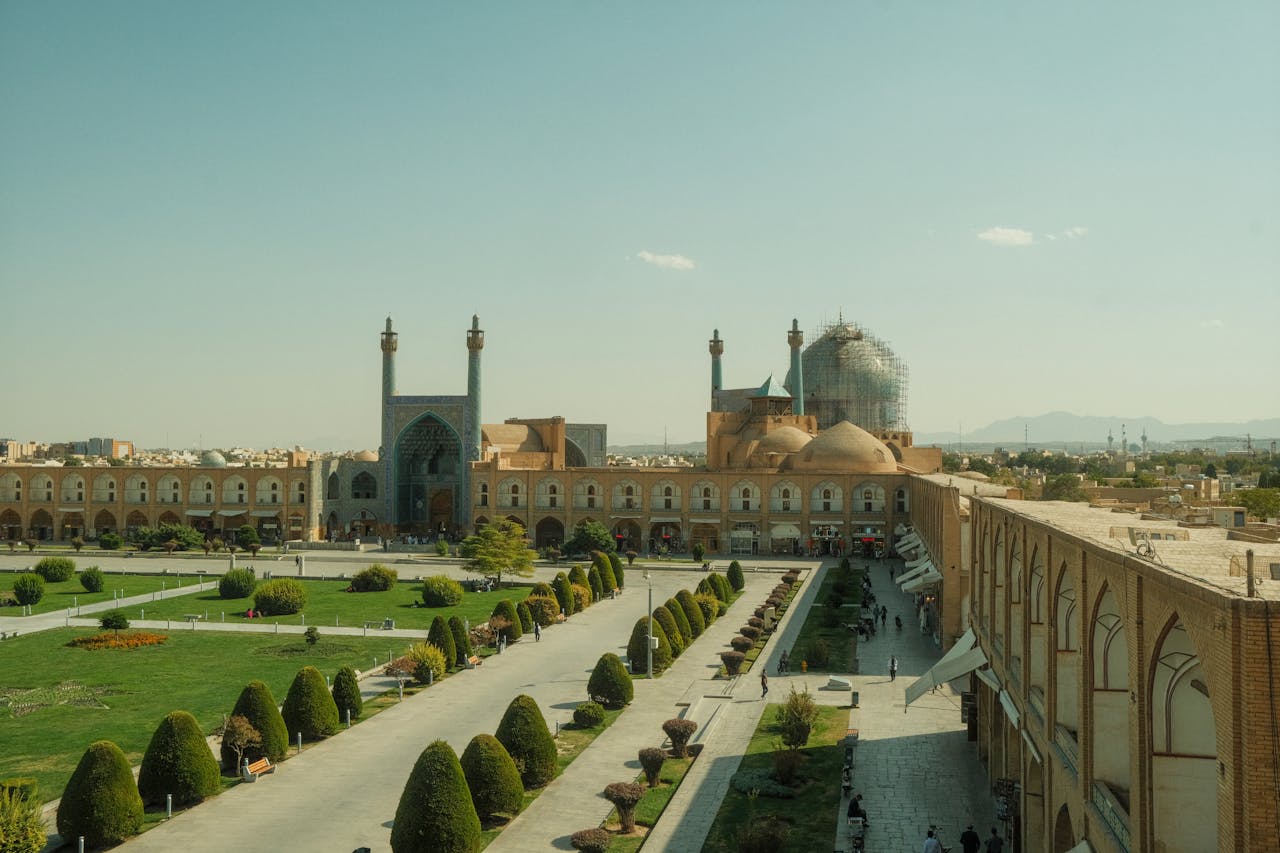
Discover Iran’s timeless charm—from the ruins of Persepolis to the vibrant bazaars of Tehran. Explore majestic mosques, snow-capped mountains, and Persian cuisine. Iran is a treasure trove of history, culture, and natural beauty awaiting discovery.
Iran: A Journey Through Ancient Persia and Modern Wonder
Iran, formerly known as Persia, is one of the oldest civilizations in the world. With a history dating back over 5,000 years, it offers travelers a profound blend of cultural depth, architectural grandeur, and natural beauty. Situated between the Caspian Sea and the Persian Gulf, Iran is a bridge between East and West—a land where poetry, tradition, and innovation meet.
🏛️ Historical & Cultural Significance
Iran’s cultural tapestry is vibrant with influences from empires such as the Achaemenids, Parthians, and Sassanids. The ruins of Persepolis, once a ceremonial capital of the Achaemenid Empire, still speak of its grandeur. Pasargadae, the burial site of Cyrus the Great, stands as a testament to the nation’s founding father.
In the Islamic era, cities like Isfahan and Shiraz blossomed with architectural brilliance and intellectual pursuits. The Safavid dynasty turned Isfahan into a cultural jewel. Persian poets like Hafez, Saadi, and Rumi left behind literary treasures that still resonate worldwide.
Cultural gems include:
-
Naqsh-e Jahan Square (Isfahan) – One of the world’s grandest city squares
-
Golestan Palace (Tehran) – A 19th-century royal Qajar complex
-
Tomb of Hafez (Shiraz) – A poetic pilgrimage site
-
Zoroastrian Towers of Silence (Yazd) – Sacred grounds of ancient fire-worshipers
🕌 Architectural Wonders
From ancient palaces to stunning mosques, Iran’s architecture is awe-inspiring.
-
Shah Mosque (Isfahan) with intricate blue tilework and acoustics engineered to perfection.
-
Nasir al-Mulk Mosque (Shiraz), famous for its morning rainbow of stained glass reflections.
-
Azadi Tower (Tehran), built in 1971 to mark 2,500 years of Persian monarchy.
-
Windcatchers of Yazd, traditional systems for natural cooling, display Persian innovation.
The bridges of Isfahan, such as Si-o-se-pol and Khaju Bridge, combine function and form, while traditional homes in Kashan, like the Tabatabai House, reflect Persian elegance.
🏔️ Natural Beauty & Adventure
Iran is a land of contrasts: deserts, lush forests, ski resorts, islands, and salt lakes.
-
Alborz Mountains – Home to Mount Damavand, the highest volcano in Asia at 5,610 meters.
-
Zagros Mountains – A vast mountain range with oak forests and nomadic tribes.
-
Dasht-e Lut – A UNESCO-listed desert with the hottest surface temperatures on Earth.
-
Dasht-e Kavir – A salt desert with mirage-like vistas and historical caravanserais.
-
Caspian Sea Coast – Forested provinces like Mazandaran and Gilan are ideal for nature lovers.
-
Islands like Kish and Qeshm – Coral reefs, mangrove forests, and beach resorts.
Adventure seekers can hike, ski, climb, or explore vast empty desert silence under a star-lit sky.
🍽️ Persian Cuisine
Iranian food is both nourishing and deeply cultural.
Popular dishes:
-
Fesenjan – A luxurious stew of ground walnuts and pomegranate molasses with duck or chicken.
-
Gheimeh – Tomato-based stew with split peas and dried lime.
-
Tahdig – Crispy rice bottom, a prized element of every Iranian meal.
-
Ash Reshteh – Thick noodle and herb soup rich in tradition.
-
Kebab Koobideh – Spiced minced lamb or beef grilled over charcoal.
-
Zereshk Polo – Saffron rice with barberries and chicken.
-
Baghlava and Gaz – Sweet treats from Yazd and Isfahan.
Tea (chai) is central to Iranian hospitality, served in glass cups often with sugar cubes or rock candy.
🎉 Festivals & Traditions
Iranian traditions are vibrant, family-centric, and deeply poetic.
-
Nowruz (New Year) – A 3,000-year-old celebration of spring and rebirth.
-
Chaharshanbe Suri – Fire-jumping festival before Nowruz.
-
Yalda Night – Celebrating the longest night with watermelon, poetry, and pomegranates.
-
Ashura & Muharram – Spiritual commemorations marked by processions and plays.
-
Carpet Weaving – Persian rugs are symbols of Iranian art and design.
-
Calligraphy – Sacred and secular scripts practiced like painting.
🧭 Travel Essentials
-
Capital: Tehran
-
Major Cities: Isfahan, Shiraz, Yazd, Mashhad, Tabriz
-
Currency: Iranian Rial (IRR)
-
Language: Persian (Farsi)
-
Visa: Required for most nationalities (some can get visa on arrival)
-
Best time to visit: Spring (March–May) and Autumn (September–November)
🧳 Suggested Itinerary (10 Days)
Day 1-2: Tehran – Visit museums, bazaars, and Golestan Palace
Day 3-4: Kashan – Explore Fin Garden, historic houses
Day 5-6: Isfahan – Naqsh-e Jahan Square, mosques, bridges
Day 7-8: Yazd – Old town, windcatchers, Zoroastrian temples
Day 9-10: Shiraz – Persepolis day trip, Nasir al-Mulk, Hafez tomb
❤️ Why Visit Iran?
Iran offers authenticity—not overcrowded tourism. It’s a place where you feel welcome, where ancient streets whisper stories, and where the food, architecture, and people leave a lasting impression. Despite misconceptions, Iran is incredibly safe and full of hospitality. Whether you’re admiring ancient ruins, watching sunrise over desert dunes, or sipping tea in a rose garden, Iran promises a unique and soul-stirring journey.
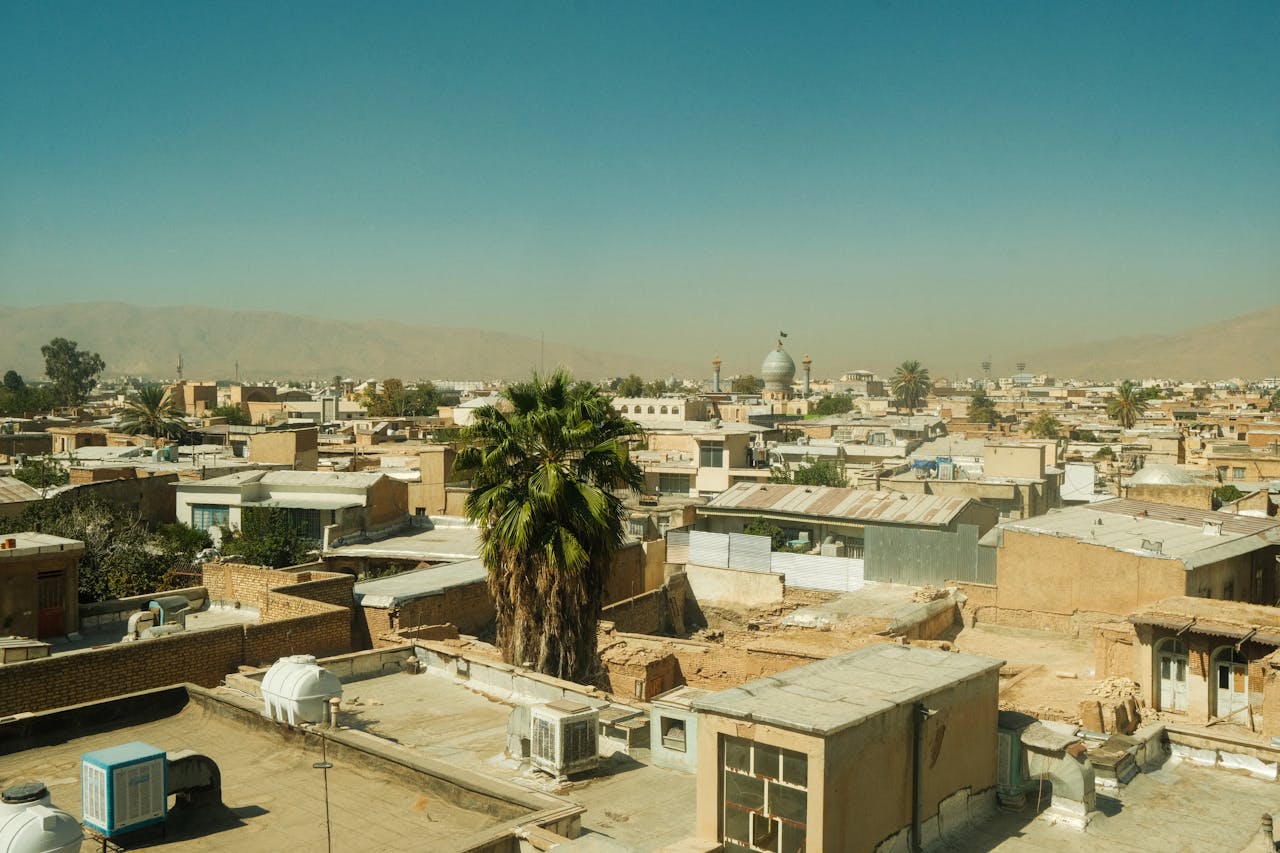
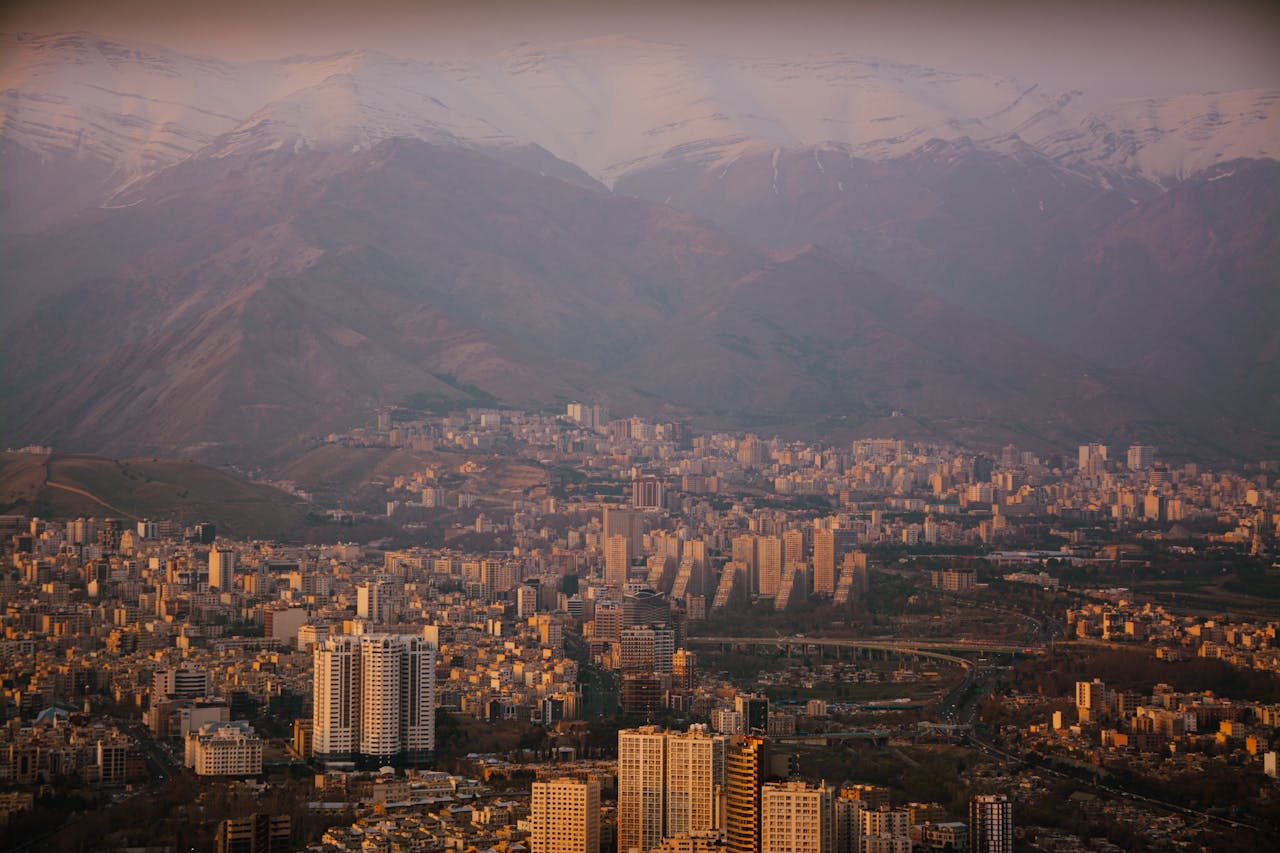
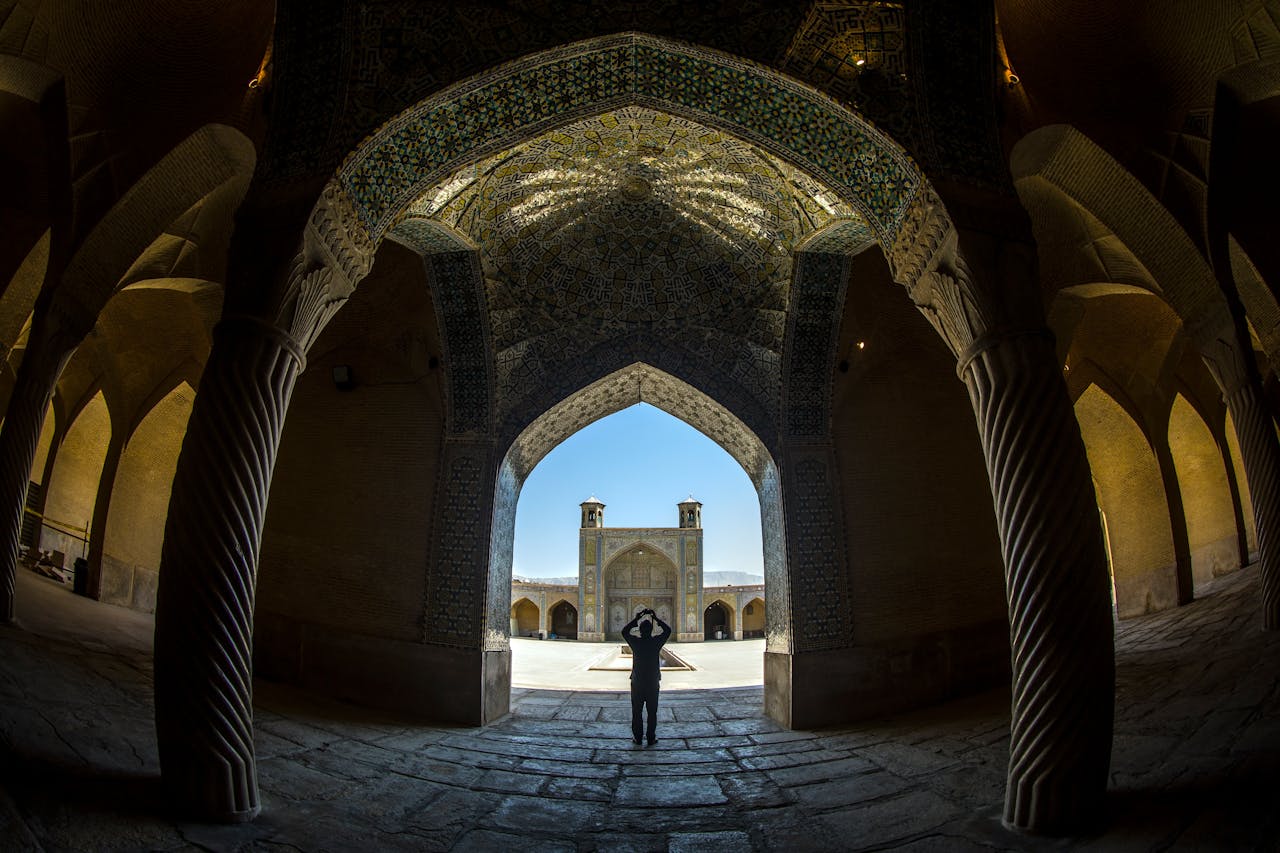
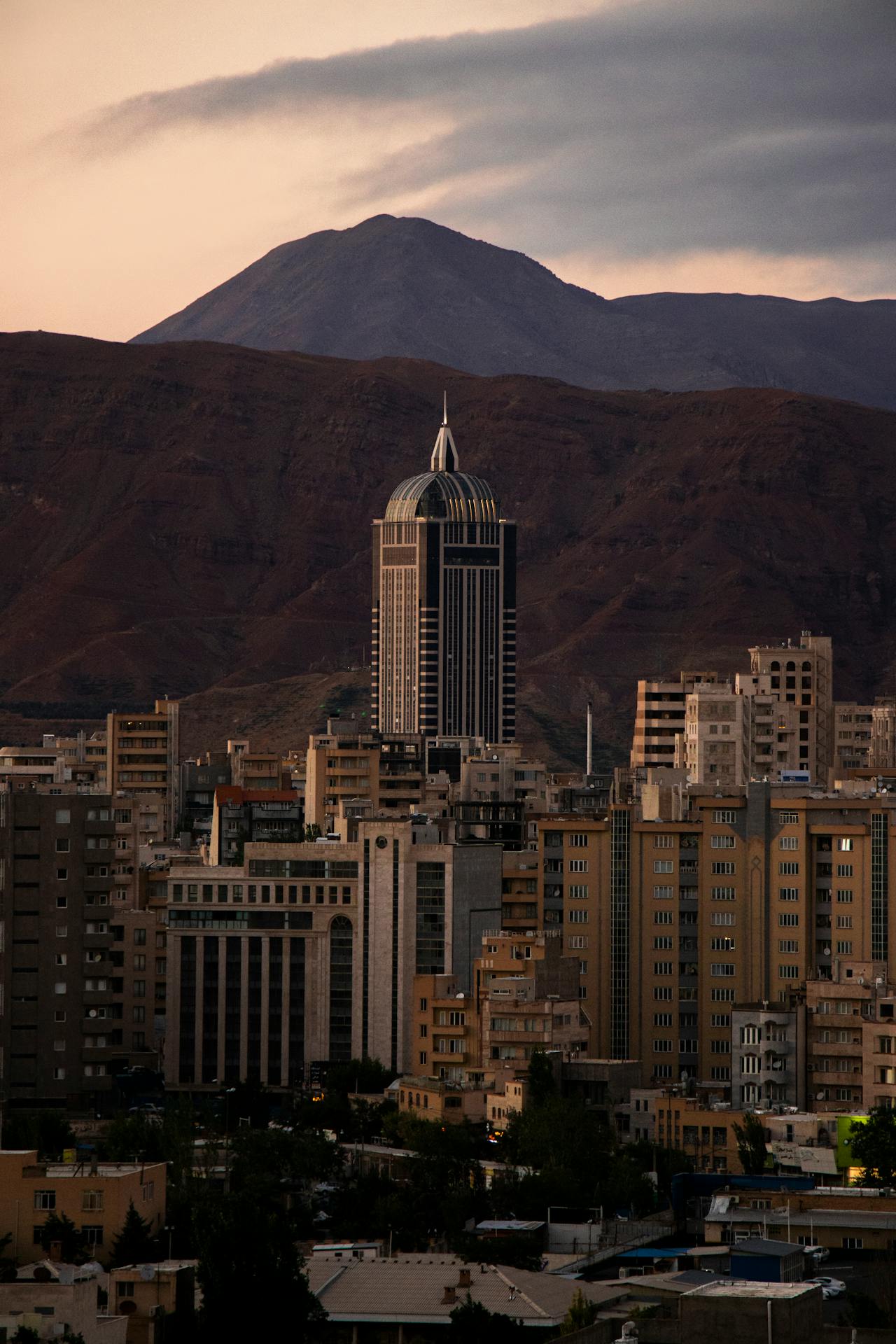
Comments (0)
Please login to leave a comment.